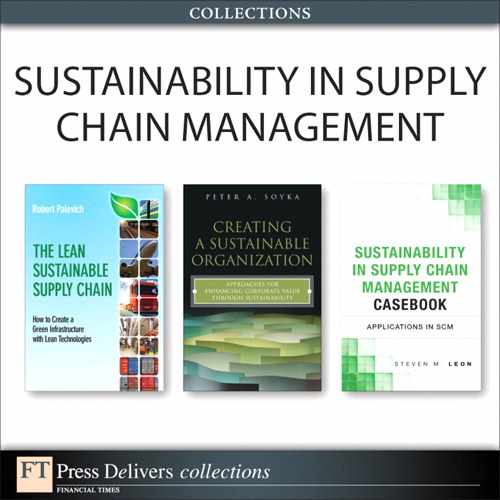Part III: Sustainability Throughout the Supply Chain
Increasingly, we know that companies which practice appropriate collaboration, integration, and communication along the entire supply chain tend to be among the leaders in their respective industries. Although it is important to get your own house in order, it is important to consider and include supply chain members when planning and implementing sustainability strategies. It’s mighty difficult to become an environmentally conscious company, or to be financially or socially sustainable all by yourself. To enact social, financial, and environmental sustainability strategies it takes leadership to recognize and implement changes that bridge the gaps between intracompany silos and between companies along supply chains.
In the case “Better Tomorrow at Sodexo North America,” the multinational food and facilities management company introduces its strategic sustainability plan, which outlines specific commitments for sustainability and corporate social responsibility. Achieving its stated targets requires not only changes by Sodexo’s external value chain members, suppliers, clients, and their customers, but also changes in internal operations worldwide. This case contains topics important to both operation and strategy disciplines. These topics include supply management, sustainability, decision making, metrics, and implementation. It provides a rich description of the integration of sustainability into supply management decision choices in a profit-seeking organization.
In the case “GroBaby Foods: Green Sourcing,” the company is confronted with a situation in which it claims to be environmentally friendly; however, it is not ensuring sustainable practices throughout its supply chain. This case provides an opportunity to discuss green initiatives throughout the supply chain in order to communicate a public message that is consistent with its environmental stance. In doing so, GroBaby Foods is conflicted by the trade-offs it has to make between brand image, supplier relationships, and product costs.
In the case “Reducing Pollution Through Green Logistics,” we have an opportunity to discuss an industry problem, the continued push for maritime port operational efficiency and cost minimization. In a continued push to improve operational efficiency and cost minimization, achieving green goals such as reducing pollution, reducing fuel usage, and reducing energy costs is described.
